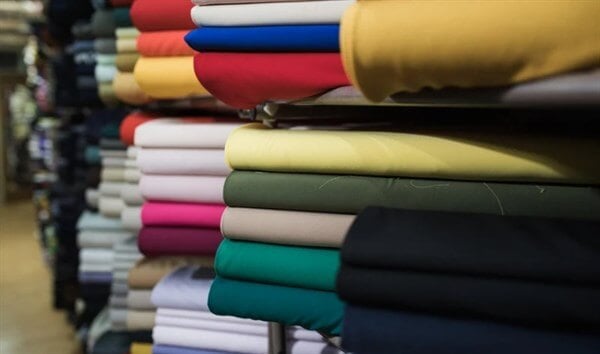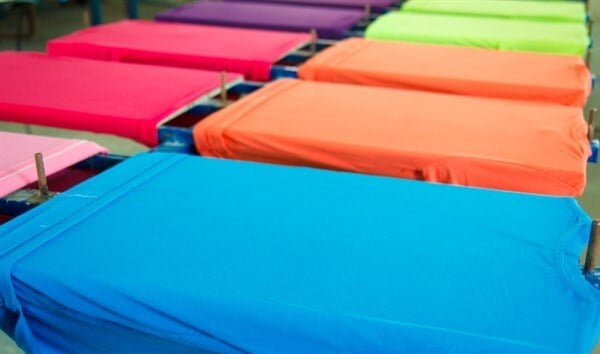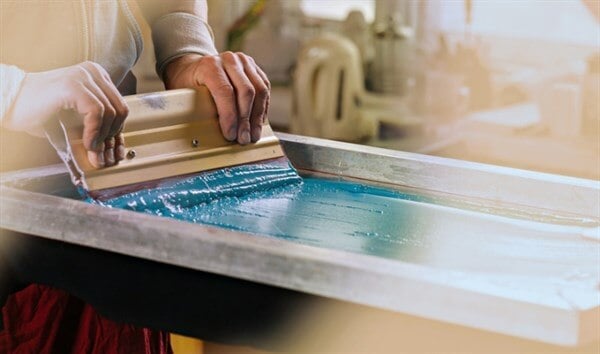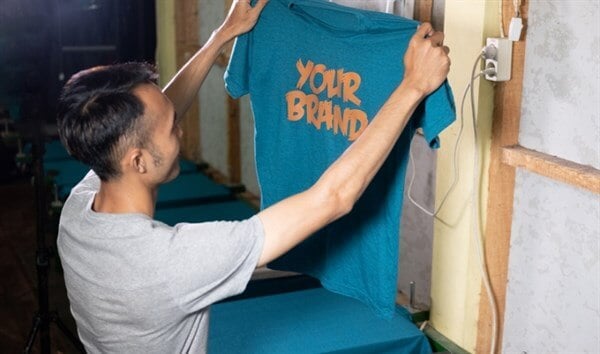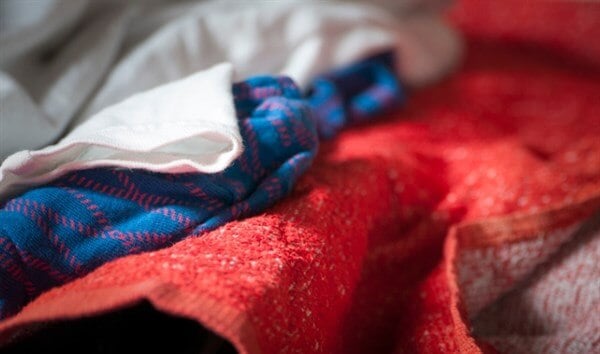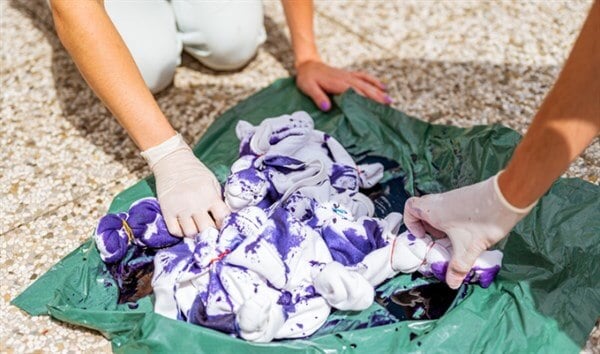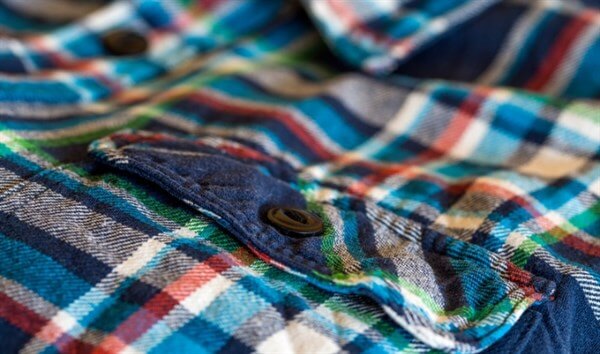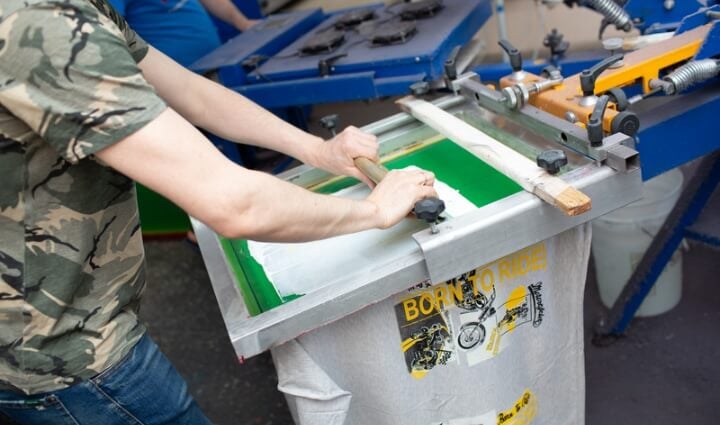GENERAL GUIDELINES FOR PRINTING INDEPENDENT TRADING COMPANY GARMENTS
- There are several variables that cannot be taken into account in general printing guidelines.
- Always consult your ink and supply rep if you have any questions regarding a printing job.
- Testing a sample run is always recommended before printing bulk order.
- ITC assumes no responsibility for the use of information presented below.
The Recipe for EXP54LWZ, EXP54LWP, EXP52BMR, EXP64CRP, EXP24YWZ…. Also works for the EXP95NB, EXP99CNB, EXP94NAW, EXP35SSZ, and the Poly-tech fleece with possible screen changes due to the fleece fabric surface.
ViewUse a nylon or plastisol ink with a catalyst (hardener). Certain Poly Inks can work as well. Ask your ink supplier. Keep in mind a catalyst will shorten the shelf life of the ink leaving left over ink unusable as it will harden.
Use tight screens with 200+ mesh count to lay down a little less ink than would be used on tees (tees normally use a more open mesh like a 110).
ViewPlastisol, Waterbase, and Discharge inks work well depending on design and color of garment. Discharge inks are used without a flash underlay as they bleach the color out of the cotton while adding the ink print color.
Flash underlays for plastisol and water base inks are generally used to make print colors opaque on dark colored garments. Always check on ink flash cure temperature recommendations with your ink supplier.
ViewPlastisol and Waterbase inks work well depending on design and color of garment. Discharge can work however discharge ink will generally only bleach the cotton and the unbleached poly will affect print look.
On colored garments (usually other than white) it is recommended to lay down a poly blocker to keep the dye in the polyester fabric from migrating into the ink and changing the print color. Dye migration can happen hours or even days after the garment is printed.
ViewOur Camo Printed/ Allover printed Garments are either 100% Cotton Fabric Surface or Cotton/Polyester blend fabric surface with a water based camo/allover print.
When printing a Camo/Allover printed garment it is important to not let the garment get close to 320* Degrees. At around 320 degrees gasses from the camo print can migrate and contaminate your new print.
ViewPigment dyed garments are generally easy to print with regular plastisol ink. Normal curing times apply. Pigment dyed garments do not discharge.
*The main thing to be aware of when printing on Pigment Dyed Garments is the possibility of dye migration as well as unwanted ink (pin holes, finger prints, etc.) cannot be blown out and removed with spot remover guns.
ViewMineral wash garments are generally easy to print with regular plastisol ink. Normal curing times apply. Mineral Wash garments do not discharge.
*The main thing to be aware of when printing on Mineral Wash Garments is the possibility of dye migration as well as unwanted ink (pin holes, finger prints, etc.) cannot be blown out and removed with spot remover guns.
ViewTie dye garments are generally easy to print with regular plastisol ink. Normal curing times apply. Tie dye garments do not discharge.
*The main thing to be aware of when printing on Tie dye garments is the possibility of dye migration as well as unwanted ink (pin holes, finger prints, etc.) cannot be blown out and removed with spot remover guns.
ViewOur recipe for success when printing our flannel is below. Please do your own testing prior to production.
The key is to use a Grey Poly Blocker to limit dye Migration and it also helps flatten the fuzzy fabric surface so the print is smoother.
ViewWhen Printing our Polyester Duffel Bag please watch for 2 things when it comes to heat:
Embroidery, Heat Transfers, and Patches are decoration options that don’t require excess heat on the entire bag.
ViewThis glossary includes most screen printing, graphic and business terms used in the screen printing industry. The definitions are for reference only. Terms can vary between people and companies. The glossary is as accurate as ASPA authors can ascertain. We assume no responsibility for the use of information presented.
View
